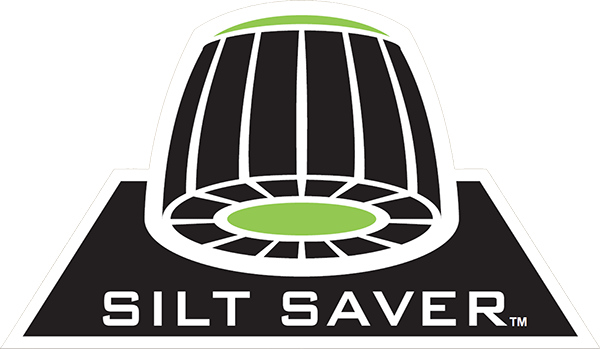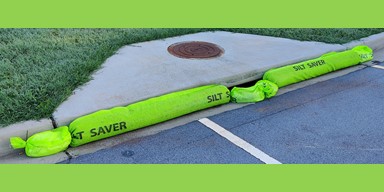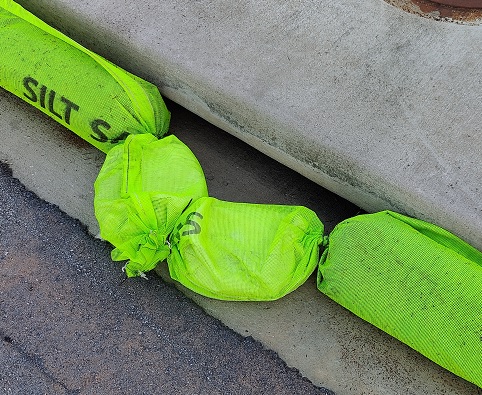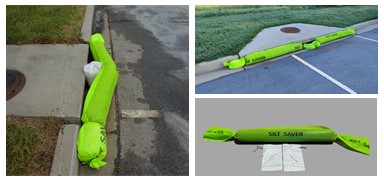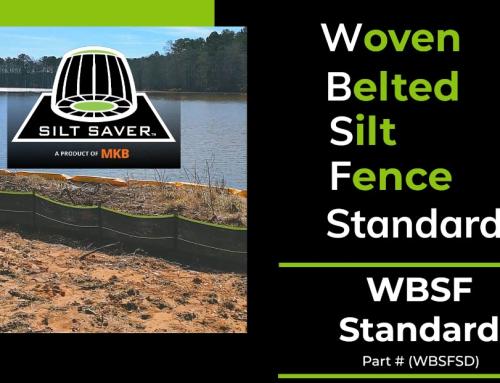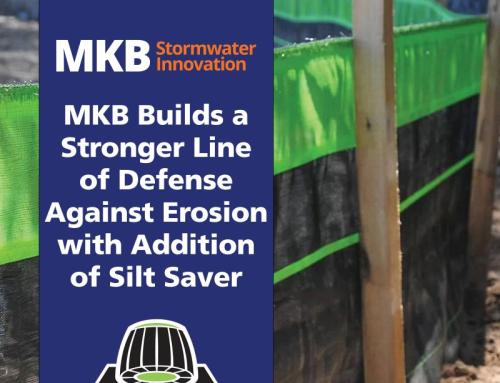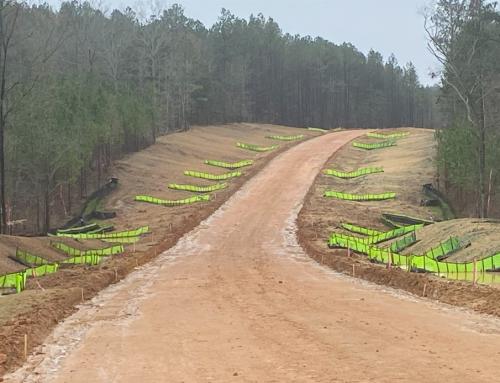Curb Inlet Protection
Curb inlet protection should be used when the drainage area to the inlet of a storm drain system is disturbed and it is not possible to divert sediment-laden water away from the system. Its purpose is to allow stormwater to recede into the storm drain while preventing the entry of large amounts of sediment from the surrounding site that can clog storm drain systems and pollute receiving waters.
Curb inlet protection is a Best Management practice (BMP) that consists of temporary permeable barriers installed in or around an inlet to impound and filter runoff and remove sediment. When installing curb inlet protection you should consider the size, type and location of the inlet, the anticipated flow, potential for flooding and safety issues. These devices can consist of a variety of products for sediment retention to include rock, straw, sod, and fabric. To function effectively, curb inlet protection should fit the curb inlet for which it is used. More than one device may be necessary to ensure that the inlet is properly protected.
On the other hand, it is important that the curb inlet protection allow the inlet to continue to function even in heavy runoff events. Inlet protection must not occlude the drain which can contribute to localized flooding and ultimately public safety issues. An appropriately installed curb inlet protection device should have a maximum height which is lower than the top of the curb opening at least in sections to allow overflow into the inlet during larger storms. If the inlet protection height is greater than the curb elevation, especially if the filter becomes clogged with sediment, runoff will not enter the inlet and may create roadway flooding that leads to highway safety issues.
Curb inlet protection requires maintenance to function effectively and to prevent hazards. All devices should be inspected after every rainstorm and repairs made as necessary. They should be inspected for tears that can result in sediment or contents of the device (gravel, tire chips) directly entering the inlet. The device should be checked for proper installation and / or displacement by traffic, equipment, or large rain events. Sediment should be removed from the devices after the sediment has reached a maximum of one half the height of the inlet protection device and disposed of in a suitable area protected from erosion. Temporary curb inlet protection should be removed when the drainage area to the inlet has been completely stabilized.
Silt Saver has created the SS300 Curb Inlet Filter.
This device is nominal 7 feet in total length with 5 feet of center filter and sleeves on either end for placement of gravel or sandbags to provide weight and an overflow weir as needed. The filter portion of the device is filled with pine straw. Pine straw covered with the high visibility green mesh creates an efficient natural sediment retention product. The natural resins on the pine straw allow the water to pass through it rather than being absorbed while the sediment is captured. The pine straw with resins also allows the filter to maintain its shape after multiple rainfall events, and finally but not of least importance, it is a naturally biodegradable product. If an unfortunate tear should occur in the mesh covering of the curb inlet filter, the waterways are not polluted with contaminants such as rubber tire chips. The entire device is covered with a high visibility green mesh which makes it noticeable for drivers and pedestrians in curbs along roadways. The ends of the filter are open sleeves to be filled with gravel or sandbags to maintain weight and prevent displacement. Finally, the weighted ends can be used to create an overflow weir. Often curb inlet protection becomes a problem rather than a solution because it is used for the wrong sized curb inlet or it is used without an emergency overflow. As discussed above, an overflow space or weir is necessary to prevent occlusion of the inlet and localized flooding. The SS300 Curb Inlet Filter was created with this purpose in mind.
Finally, curb inlet protection is important because it is often the last barrier before the sediment enters the storm water drainage system and receiving waterways. It is imperative however that it is used not as a replacement, but in coordination with other upgradient BMP’s (check dams, silt fence, etc ) to effectively prevent sediment from leaving the site. Curb inlet protection is one more piece in the larger BMP chain of sediment control for your project.
If you have questions about curb inlet protection please reach out to us at Silt Saver. We are here to help you find sediment control solutions!
Written by Stephanie Dare Singleton, MD
Silt Saver Inc., President
